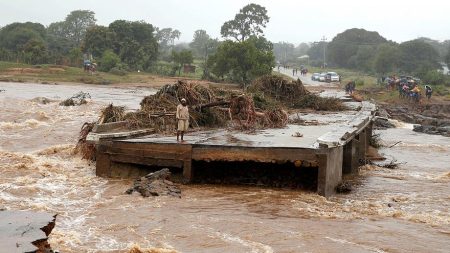27 September 2014, New York – The Democratic Republic of Congo (DRC) has adopted, for the first time in Africa, an interactive atlas of renewable energy sources.
A virtual continent, the DRC has a wide diversity of natural resources, allowing it to consider a significant growth in hydro, wind and solar energy.
 With 600 interactive maps, the Atlas, created by UNDP, Netherlands Development Organization SNV and the Congolese Ministry of Water Resources and Electricity, will inform policy-making on decentralizing energy and encourage further investment in this sector.
With 600 interactive maps, the Atlas, created by UNDP, Netherlands Development Organization SNV and the Congolese Ministry of Water Resources and Electricity, will inform policy-making on decentralizing energy and encourage further investment in this sector.
Ultimately, Congo will aim to increase the number of sustainable development initiatives, which will limit carbon emissions while creating new livelihoods for populations across the country.
The Atlas is the result of a comprehensive series of studies carried out in remote areas of the country, and it will help to understand the needs required to meet the commitments of the DRC in the “Sustainable Energy for All” initiative (SE4All).
The latter has set three objectives to be achieved by 2030: ensure universal access to modern energy services; double the rate of improvement in energy efficiency at the global level; doubling the share of renewable energy in the global energy mix.
The Atlas reveals a number of opportunities. For example, only 217 of the 780 hydro sites identified by the Atlas were known publicly.
Another example: while the Inga dam alone holds an electricity potential of 44,000 MW, elsewhere in the country, decentralized energy sources, much of them small or mini hydro plants, could create 10 000 MW. The Atlas confirms that small hydro applications are better suited to the local market structure.
Still, the challenges are immense, as it is necessary to mobilize and coordinate large amounts of capital from the public and private sectors; promote standards and policies for energy efficiency; and implement a supportive policy environment
– UNDP



